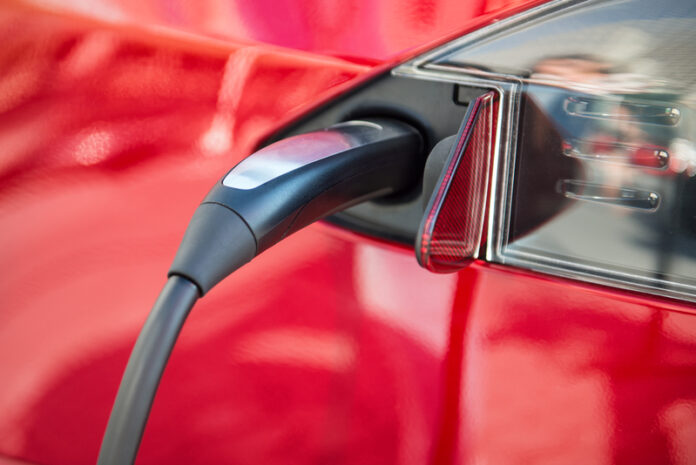
We have been told that the electric vehicle (EV) craze is ending as sales numbers stall in North America and Europe. Yet in Asia, EVs sell like hotcakes and China has become the leading adopter.
The recently reported lull in EVs moving off dealers’ lots is turning out to be a blip in what is becoming visibly evident on streets and highways here in Canada. In Oakville where I live, EVs are abundant. In my building, it seems like one out of every ten cars is an EV. Hybrids and plug-in hybrids are also becoming more visible. I have been driving hybrids now for more than a decade. Even on the more modest streets of Oakville with most homes being bungalows, semi-detached, and townhouses, EVs and plug-in hybrids are seen in driveways.
Data from the International Energy Agency (IEA) indicates that nearly 14 million EVs were registered in 2023 (8.1 million of those in China) increasing the number on global roads to over 40 million. In the first quarter of 2024, over 3 million additional EVs were registered. That is 25% more than the same period in 2023. Compare these numbers to a decade ago with an estimated number of 200,000 and you begin to wonder what the newspapers and television reporters are smoking.
Issues are holding back the transition to electric transportation. They include:
- Battery performance
- Recharge infrastructure
- Grid capacity
In this posting, we focus on the latest breakthroughs related to battery performance. The news is promising.
Sodium-Ion Batteries Make Progress in Battery Wars with Lithium
Sodium (Na) batteries are making headlines in the tech world. The Korea Advanced Institute of Science and Technology (KAIST) in its Department of Materials Science and Engineering is working on a hybrid Na-Ion battery that integrates characteristics of supercapacitors. The combination achieves greater storage capacity and faster charge-discharge rates. It uses two metal-organic frameworks featuring an anode composed of a graphite carbon framework embedded with ultrafine iron sulphide, and an isomorphic porous synthesized carbon cathode.
In performance, its energy density is greater than Li-Ion batteries per kilogram. It is expected to be suitable for rapid charging of electric vehicles (EVs), smart electronics and aerospace applications. Details on the work to develop the battery recently appeared in the journal Energy Storage Materials.
Lithium-Ion Batteries Fight Back
TU Delft University in The Netherlands is home to an international research team working to increase charge-discharge cycles for Li-Ion batteries. Li-Ion technology is notorious for being less efficient over time as oxide cathode materials degrade during hundreds of charge-discharge cycles. The cause is the destabilization of the atomic structure of layered oxides that form the electrodes.
The TU Delft team has invented an improved synthesis method to create greater structural stability in Li-Ion batteries to double their capacity retention after 200 charge-discharge cycles. The changes also shorten recharge times for batteries that use commercially available lithium cobalt oxide and lithium nickel manganese cobalt oxide cathodes. The team is now applying the synthesis method using more readily available and cheaper materials than cobalt and nickel.
The team published its research in a recent issue of Nature.
Recharge Rates Get a Boost
Colorado University Boulder (CUB) researchers have made a discovery that could shorten recharge times for smartphones or laptops to a minute, and EVs to 10. The team has been mapping the movement of ions in storage devices.
Ions are tiny charged particles that move back and forth through an electrolyte within a battery between the anode and cathode for each charge-discharge cycle. Previously ion behaviour was thought to be similar to that of electrons in moving through the porous materials contained in batteries. This has proven to be false. The results of the CUB research have led to the creation of simulations that rapidly predict ion movement. Knowing how ions flow means batteries and supercapacitors with enhanced charge rates. It also means renewable energy integration into the power grid can be managed seamlessly.
The CUB research appears in a recently published article in Proceedings of the National Academy of Sciences (PNAS) of the United States.








